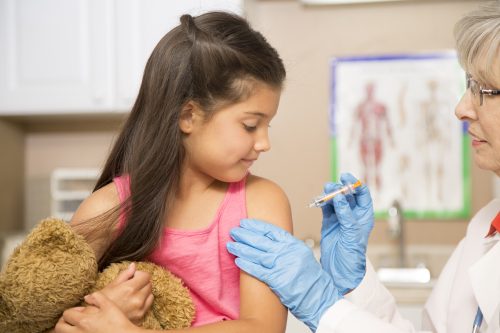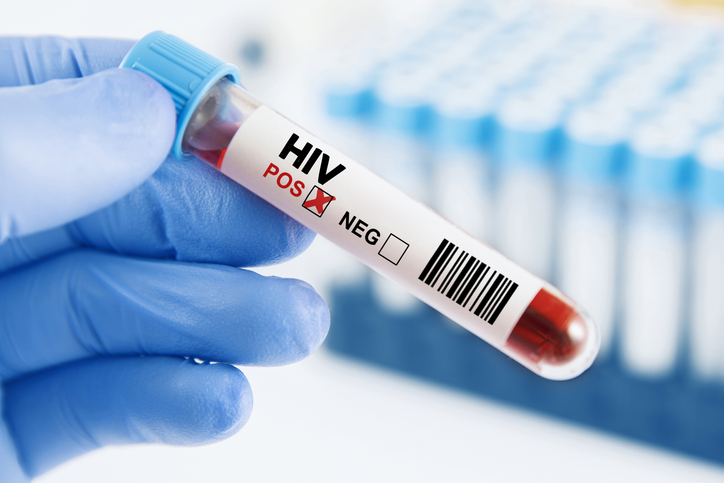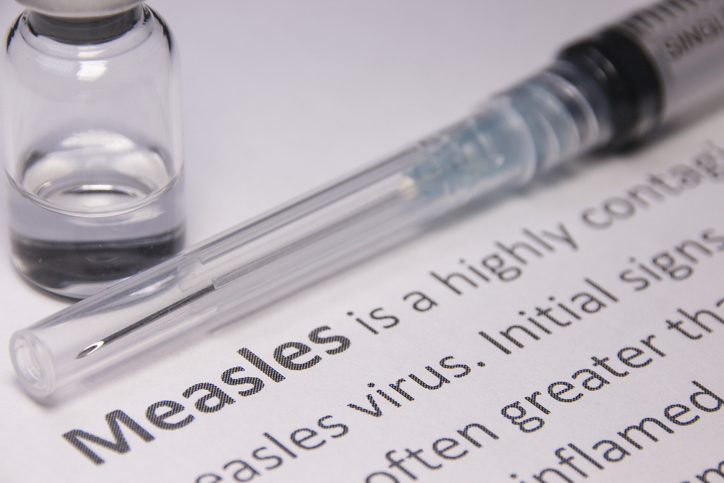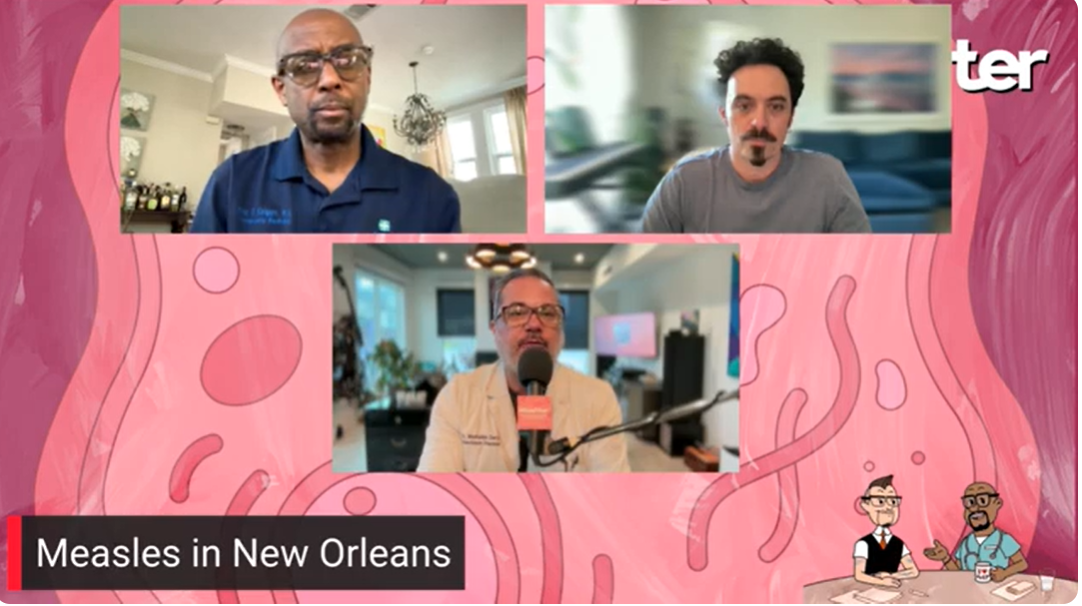
In a new study, researchers found that the quadrivalent live attenuated vaccine (LAIV4), or FluMist, did not perform well in pediatric patients when compared to the inactivated influenza vaccine (IIV).
Five U.S. studies from 2013–2014 through 2015–2016 were reviewed. A total of 17,173 patients aged between two and 17 years were included; 4,579 received IIV, 1,979 received LAIV4, and 10,615 were not vaccinated.
#FluMist Flopped for Kids During Recent #Flu Seasons https://t.co/D3IEbu3QD1@Medpage#Influenza #H1N1Vaccine #LAIV4
— Ali S. Raja, MD (@AliRaja_MD) January 7, 2019
For all strains of the flu virus, vaccine effectiveness for 2015–2016 was 60% (95% CI: 52% to 67%) for IIV and 39% (95% CI: 16% to 56%) for LAIV4. For influenza A/H1N1pdm09, effectiveness was 66% (95% CI: 59% to 71%) for IIV and 18% (95% CI: −31% to 49%) for LAIV4. Both vaccines reached similar effectiveness against influenza B: 55% (95% CI: 39% to 66%) for IIV and 54% (95% CI: 35% to 68%) for LAIV4.
Previous seasons yielded similar results. For the 2014–2015 season, vaccine effectiveness was 37% (95% CI: 28% to 44%) for IIV and 25% (95% CI: 10% to 37%) for LAIV4. Against influenza B, LAIV4 was more effective than IIV: 76% (95% CI: 53% to 88%) versus 49% (95% CI: 32% to 62%). For 2013–2014, overall effectiveness was 63% (95% CI: 55% to 70%) for IIV and 15% (95% CI: −1% to 28%) for LAIV4. There were only a small number of influenza B cases during this timeframe, but effectiveness was 56% (95% CI: 33% to 71%) for IIV and 64% (95% CI: 8% to 86%) for LAIV4.
Flu shot yet?#nobrainer – research proves flu shots protect against death in children. How can you possibly opt out for your children when you know influenza is becoming more widespread across the US?
Watch the spread of flu-like illness here: https://t.co/pUxsMJkFtA pic.twitter.com/A3gSePamDQ
— WendySueSwanson MD, MBE (@wendysueswanson) January 6, 2019
When looking at all three seasons overall, for all age groups, IIV was 51% effective (95% CI: 47% to 54%), compared to 26% (95% CI: 15% to 36%) for LAIV4. When stratified by age group, LAIV4 was slightly more effective, but not to statistical significance. In influenza A/H1N1pdm09 cases, vaccine effectiveness was 67% (95% CI: 62% to 72%) for IIV and 20% (95% CI: −6% to 39%) for LAIV4. For influenza B cases, effectiveness was 52% (95% CI: 42% to 60%) for IIV and 66% (95% CI: 47% to 77%) for LAIV4.
Previous research has called into question the effectiveness of LAIV4; for the 2017–2018 flu season, the Advisory Committee on Immunization Practices (ACIP) advised against using it at all. In an editorial accompanying the present study, Pedro Piedra, MD, wrote, “Overall, the 5 surveillance projects revealed reduced effectiveness against A/H1N1pdm09 for LAIV4 compared with IIV and was used to provide a compelling argument why ACIP made the interim recommendation against its use during the 2016–2017 and 2017–2018 seasons.”
“Last year I got the flu shot, but I got sick anyway.”
“I’m pregnant and I don’t want to risk harming my baby.”
“The vaccine doesn’t always work, so why bother?”
Dr. Mark Downing is dismantling #flushot myths @stmikeshospital https://t.co/9YEAYtQmpE— Temerty Medicine (@uoftmedicine) January 6, 2019
For the current flu season, ACIP has amended its recommendations, stating that “providers may choose to administer any licensed, age-appropriate influenza vaccine (IIV, recombinant influenza vaccine [RIV], or LAIV4). LAIV4 is an option for those for whom it is otherwise appropriate.”
AAP, CDC Recommend Flu Shot for Everyone Aged Six Months and Older
Psoriasis Patients Less Likely to Receive Flu Shot than RA Patients
High Dose Flu Shot More Effective in RA Patients
Flu-related Hospitalization Risk Increases Based on Weight
Source: Pediatrics: Live Attenuated Influenza Vaccine: Will the Phoenix Rise Again?; Live Attenuated and Inactivated Influenza Vaccine Effectiveness







 © 2025 Mashup Media, LLC, a Formedics Property. All Rights Reserved.
© 2025 Mashup Media, LLC, a Formedics Property. All Rights Reserved.